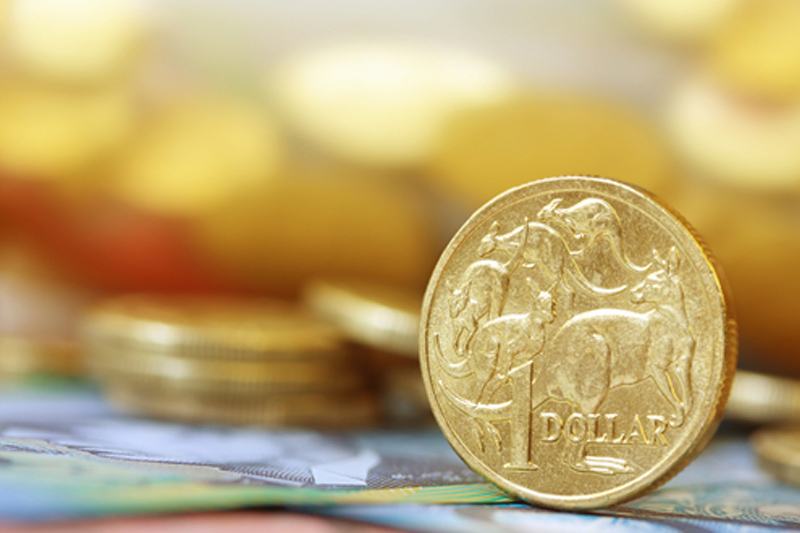By Wayne Cole and Charlotte Greenfield
SYDNEY/WELLINGTON, Sept 27 (Reuters) - The Australian and New Zealand dollars flatlined on Thursday after central bank policy meetings at home and abroad produced few surprises, leaving investors with nothing new to trade on for the moment.
The kiwi dollar NZD=D3 briefly edged higher in early action after the Reserve Bank of New Zealand (RBNZ) held rates at a record low of 1.75 percent as expected and reiterated that trade tensions were a risk to its growth outlook. only reached $0.6680 before offers kicked in and left it barely changed on the day at $0.6652.
Governor Adrian Orr did omit any mention of sinking business confidence as a risk to growth that was in the central bank's last monetary policy statement in August.
Yet he also stuck with a projection that rates would stay still through 2019 and into 2020.
"The RBNZ's statement gave a little, then took a little, but reaffirmed us of the current rate trajectory," said Jarrod Kerr, chief economist at Kiwi Bank.
"To everyone in New Zealand, and those trading Kiwi instruments internationally, the cash rate is going nowhere for two years. The message is clear. And the message is consistent."
That was an obvious contrast to the United States, where the Federal Reserve shocked no one on Wednesday by hiking its rates for a third time this year.
The diverging paths have taken New Zealand two-year yields NZ2YT=RR 105 basis below those in the U.S., a major reason the kiwi has shed more than 6 percent this year.
The Aussie, likewise, has lost 7 percent this year as the Reserve Bank of Australia (RBA) has kept rates at 1.5 percent and shown every sign of staying there for a long time.
The central bank holds its October policy meeting next week and is considered certain to stay dovish.
"It seems as though the RBA won't seriously consider raising interest rates until the second half of next year at the earliest," argues Paul Dales, chief Australia economist at Capital Economics.
The Fed might well have hiked two or three more times by then, taking U.S. rates near to 3 percent.
"As a result, we suspect that a further widening of the gap between expected interest rates in the U.S. and in Australia will contribute to the Aussie weakening to $0.65 by the end of next year," said Dales.
For now, the Aussie was holding at $0.7260 AUD=D3 having bounced somewhat from a 2-1/2 year trough of $0.7085 hit early in September. Immediate support was put at $0.7236, with stiff resistance seen around $0.7300/15.
Australian government bond futures inched higher, with the three-year bond contract YTTc1 up 2 ticks at 97.870. The 10-year contract YTCc1 added 1 tick to 97.2700.
New Zealand government bonds 0#NZTSY= gained, sending yields 4 basis points lower at the long end of the curve. (Editing by Richard Borsuk)
